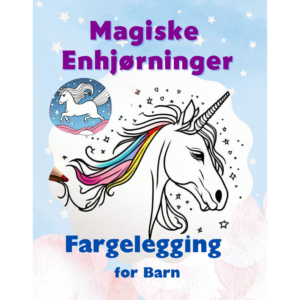
Explore & Play
Discover interesting topics and solve the accompanying crossword puzzle.
Waste crossword: Comprehensive Guide to Waste Management
Table of Contents
Waste crossword
You can either fill in the crossword puzzle directly on this page or click the button in the bottom right corner to print it for free.
——————————————
Comprehensive Guide to Waste Management: From Recycling to Composting
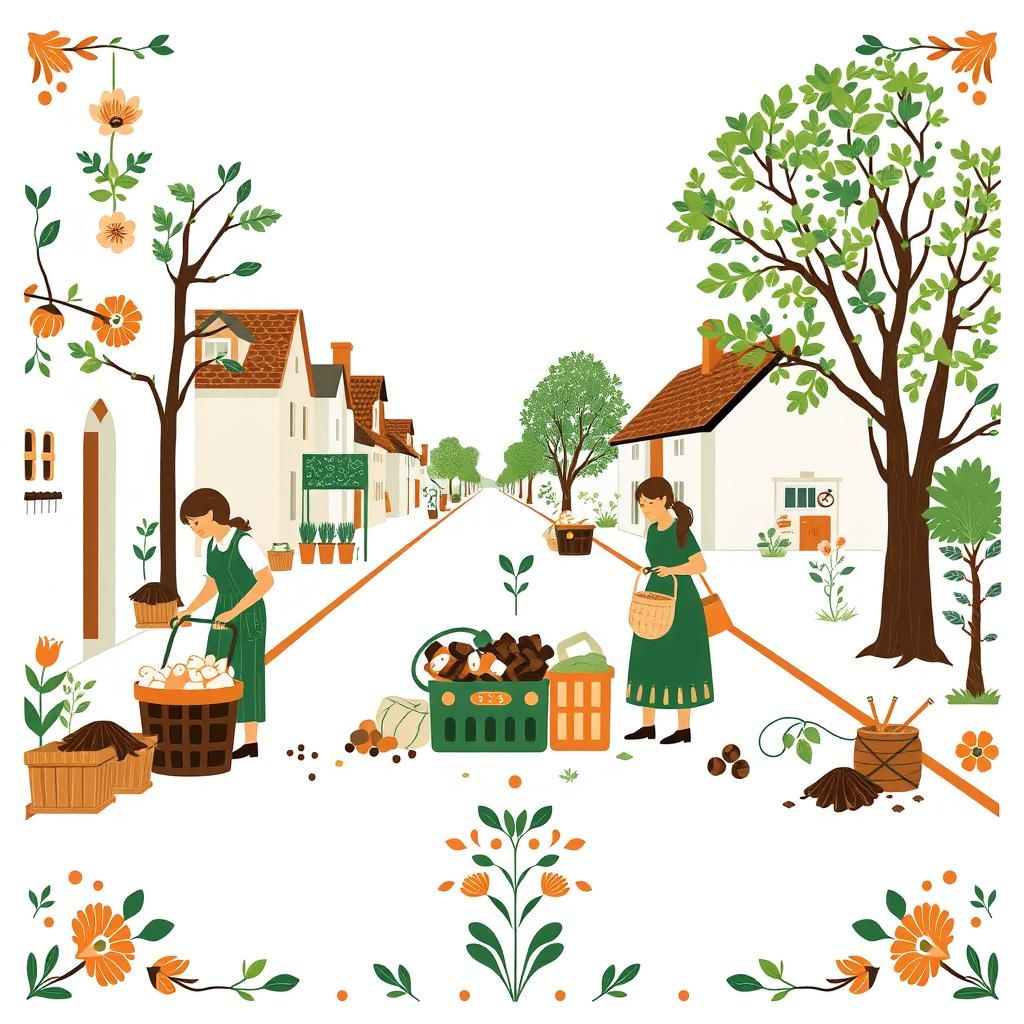
There’s a certain rhythm to the way we live alongside the land—seasons turning, meals shared, and, yes, even the ways we handle what we no longer need. Waste management might not be the kind of neighborly chat that lingers long over the porch rail, but it’s one that shapes the health of our towns, fields, and waterways more than we often realize.
Across the board—from sprawling cities to tucked-away farmsteads—the mountain of waste we produce grows heavier each year. In the United States alone, it’s no small number: millions of tons of scraps, packaging, and worn-out goods pile up annually. Left unchecked, this excess spills into our environment, choking habitats, dirtying the air, and putting public health on the line. It’s like a slow, creeping fog settling in where laughter and song once filled the air.
Proper waste management isn’t just about hauling trash away. It’s a way to close the circle on the resources we use—a chance to turn yesterday’s leftovers into tomorrow’s soil, to slice back on the pollution that dims the sparkle of our rivers and the song of birds in the morning. When we separate what can be recycled, composted, or safely discarded, we make room for renewal, healing, and a quieter footprint on the earth we call home.
Think of it as tending a shared garden: without care and attention, it wilts; with mindful hands, it thrives. What starts with simple sorting and thoughtful disposal ripples outward into cleaner streets, richer soil, and the hum of balance restored. Here’s where the story begins—the humble steps that make all the difference.
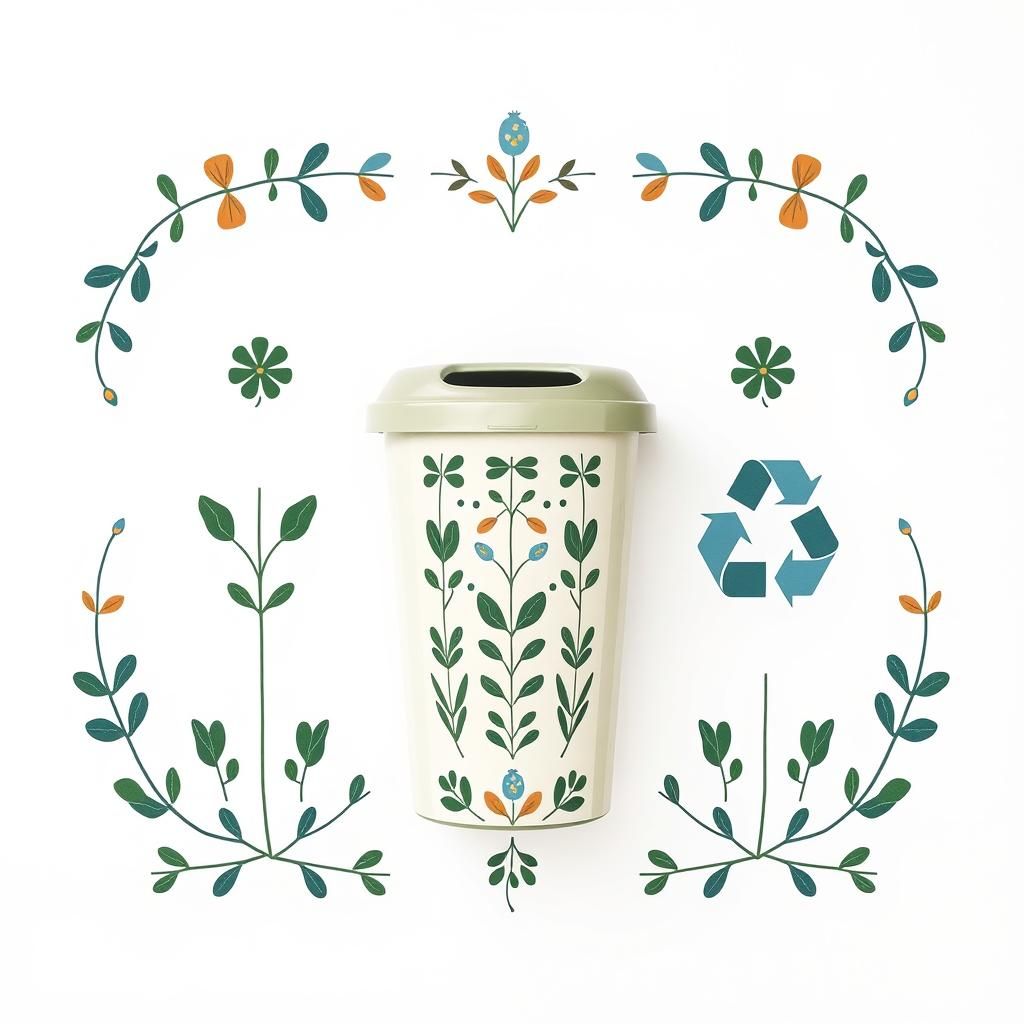
Proper Waste Sorting: The Foundation for Effective Composting and Recycling
There’s a quiet magic in turning scraps into something useful — a bit like watching autumn leaves break down into soft, rich soil beneath your feet. But for this magic to happen, the first and most important step is proper sorting. Tossing a banana peel into the wrong bin or slipping a plastic bag into the compost pile might seem small, but those little habits ripple out, tangling the whole process.
Why Proper Sorting Matters
When we sort right, it prevents contamination — the unwanted guests in our compost and recycling streams. Imagine fresh, earthy compost ruined by bits of plastic, or recyclables mixed with food waste that turns everything soggy and unusable. Proper sorting keeps the quality of what’s recycled or composted high, which means the end products are healthier for our gardens, our environment, and our communities.
Sorting well also saves our pipes and streets. Non-degradable garbage like wipes or grease poured down the drain can cause nasty blockages, leading to sewer overflows that pollute waterways and cost cities a heap of money to fix. So, careful sorting isn’t just about bins at home; it’s about protecting the wider world we live in.
How to Sort Waste Correctly
Start simple. Organics — think food scraps, yard waste, coffee grounds — belong in the compost bin, where they’ll break down naturally. Recyclables like paper, plastics #1 and #2, glass, and metals go in their own bin, but keep them clean and dry to avoid ruining the whole batch. Landfill waste is your last resort — things that can’t break down or be reused belong here, but aim to keep this bin smallest.
Hazardous items like batteries, paint, or chemicals should never mingle with regular trash. Check your local guidelines for drop-off points — many communities have set days or locations for safe disposal, keeping these items out of harm’s way.
One common hiccup to watch for: plastic bags. They sneak into compost and recycling piles far too often, tangling the machinery and spoiling loads. Seattle’s community compost program calls plastic bags the “compost killers” — they’re a good reminder to use reusable bags and keep plastics out of organics.
Benefits of Proper Sorting
When a neighborhood nails proper sorting, the results can be as heartening as fresh bread breaking the kitchen air. Recycling and composting programs hum along more efficiently, turning more waste into usable resources without extra fuss.
Landfills shrink a bit as less goes into the trash, easing the pressure on space and reducing harmful emissions. Communities feel a little closer, stitched together by a shared habit of care and stewardship — neighbors swapping tips on sorting, schools championing mindful waste habits, and local leaders cheerleading progress.
Sorting waste properly isn’t about being perfect. It’s about rolling up our sleeves, getting a bit dirt under our nails, and knowing that each careful choice spills good seeds for tomorrow’s soil. So, the next time you stand by your bin, take a slow breath, listen for the crunch of fallen leaves, and sort with intention — you’re part of a quiet, wonderful tradition.
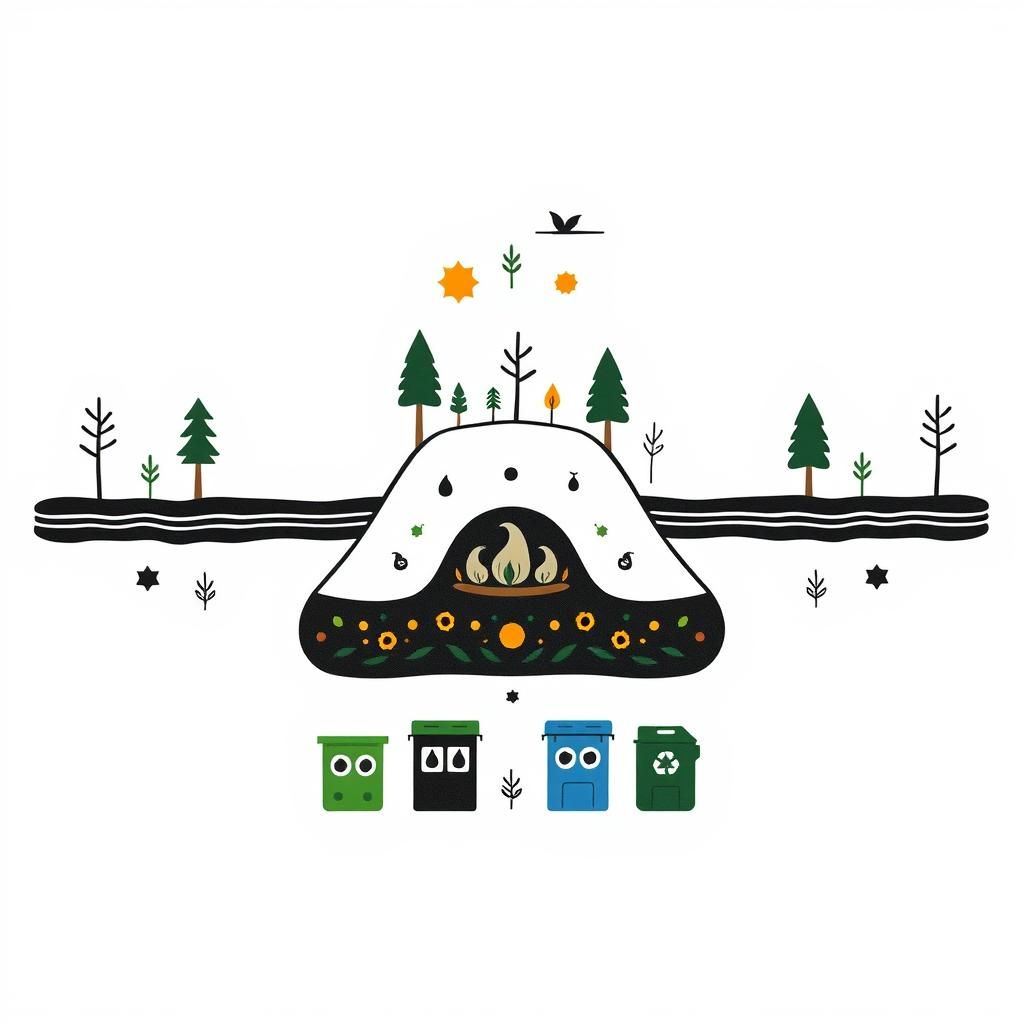
Landfills: Benefits, Challenges, and Environmental Impact
There’s something about the quiet stretch of a landfill on the edge of town that feels both inevitable and uneasy. It’s the place where what we no longer want goes to rest, yet it’s far from a simple end-of-the-line solution. Landfills play a crucial role in managing what can’t be reused, composted, or recycled, but they come with their own set of challenges that ripple through our environment and communities.
Role of Landfills in Waste Management
At their core, landfills are carefully designed spaces to contain waste safely. Instead of letting trash spill haphazardly into the ground or waterways, modern landfills line their pits with impermeable materials to stop harmful leachate — that murky liquid that forms when rain seeps through garbage — from polluting soil and water. Layers of compacted waste are covered with soil regularly, keeping odors down and pests at bay. In a sense, a landfill is a controlled resting place, a final pause in the journey of our waste when other options have run their course.
Environmental Challenges of Landfills
But this pause isn’t without a shadow. Landfills take up space — often more than we’d like to admit. As cities grow and consumption rises, finding new spots for these massive repositories becomes harder. The pressure to expand or build new landfills often bumps up against community resistance, a reminder that the footprint of our waste reaches beyond the landfill fence.
Then there’s the invisible but powerful issue of methane gas. As organic waste breaks down deep inside landfills, it produces methane — a greenhouse gas many times more potent than carbon dioxide. While some landfills capture and convert this gas into energy, not all do, meaning a significant source of pollution quietly seeps into the atmosphere.
Leachate is another worry — the slow-dripping liquid that carries chemicals and toxins from decomposing waste. If the landfill lining wears through or drains aren’t properly managed, this toxic brew can seep into groundwater, threatening ecosystems and local drinking water.
Community Efforts to Reduce Landfill Waste
Across the country, you’ll find communities quietly rolling up their sleeves to cut back on what ends up in these spots. Take Durham, for example — their robust citywide composting and recycling programs have chipped away at landfill use by diverting tons of organic and recyclable materials every year. It’s a reminder that the best way to confront landfill challenges is by keeping waste out in the first place. Education campaigns, better sorting guidelines, and accessible infrastructure all play a part.
At the end of the day, landfills may be necessary, but they’re not where we want to settle indefinitely. They urge us to rethink consumption and waste — pressing us to find better rhythms in the way we use, reuse, and return to the earth. Because the less we fill these resting places, the lighter our footprint grows, and the greener our future becomes.
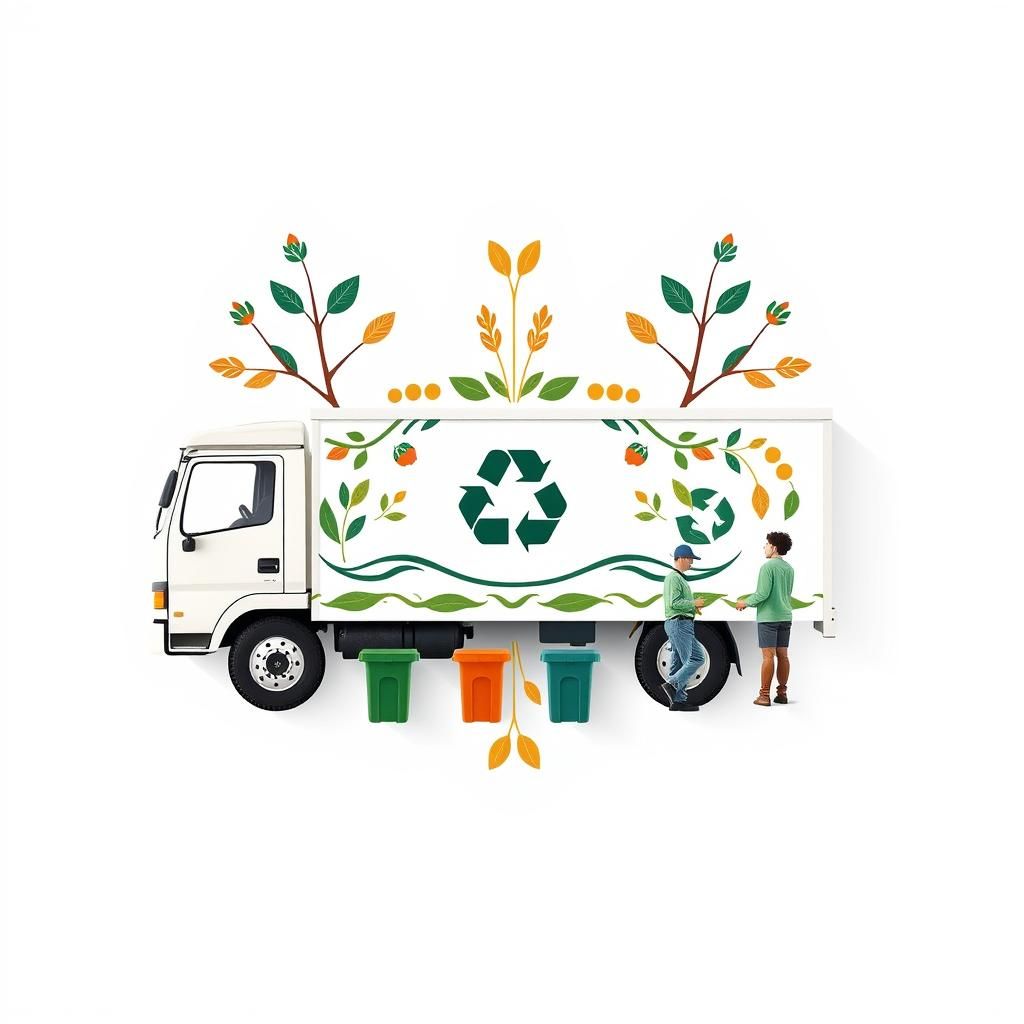
Recycling: Progress, Processes, and Pitfalls
There’s something comforting about the rhythmic cycle of recycling — the clink of glass bottles, the rustle of flattened cardboard, the whirr of machinery turning yesterday’s paper into tomorrow’s newsprint. Recycling in the US has come a long way since the 1960s, when it was little more than a hopeful idea. Today, about 35% of municipal solid waste finds new life instead of a lonely spot in the landfill. That progress didn’t happen overnight; it’s the result of steady community effort, evolving technologies, and a growing connection to the materials we toss away.
At its heart, recycling is a careful dance starting with collection. Blue bins by the curb gather plastics, metals, glass, and paper — each separated to keep the mix clean. Once gathered, the haul moves to sorting facilities, where conveyor belts and human hands work side by side, pulling out anything that doesn’t belong. This step is crucial because even a small amount of contamination — say, a greasy pizza box or a stray plastic bag — can spoil an entire batch, sending recyclables straight to the landfill. From there, clean materials are processed and sent off to factories, where they’re reborn as new products, closing the loop in a quiet, dependable way that’s good for the earth and our wallets.
But recycling isn’t without its bumps in the road. Contamination is the stubborn thorn; items tossed without care make recycling less efficient and more expensive. Market demand too can be fickle — when prices for recycled materials dip, some programs struggle to stay afloat. And there’s the tricky business of perception. Not everyone knows what to recycle or how — a stray takeaway cup here or a coated paper receipt there quickly derails the system.
These challenges remind us that recycling is a shared journey, not just a routine chore. When we pause to set aside that can or chip in to clear out the wrong items from the bin, we’re playing a small but crucial part in a much bigger story — one that threads through our neighborhoods, our land, and the quiet hope of a cleaner tomorrow.
So, next time you lift the lid on your recycling bin, think of it as more than just tossing stuff away. It’s a hands-on, honest act of care — the kind that roots us in a tradition of respect for the land and resources, as timeless as the seasons turning outside your window.
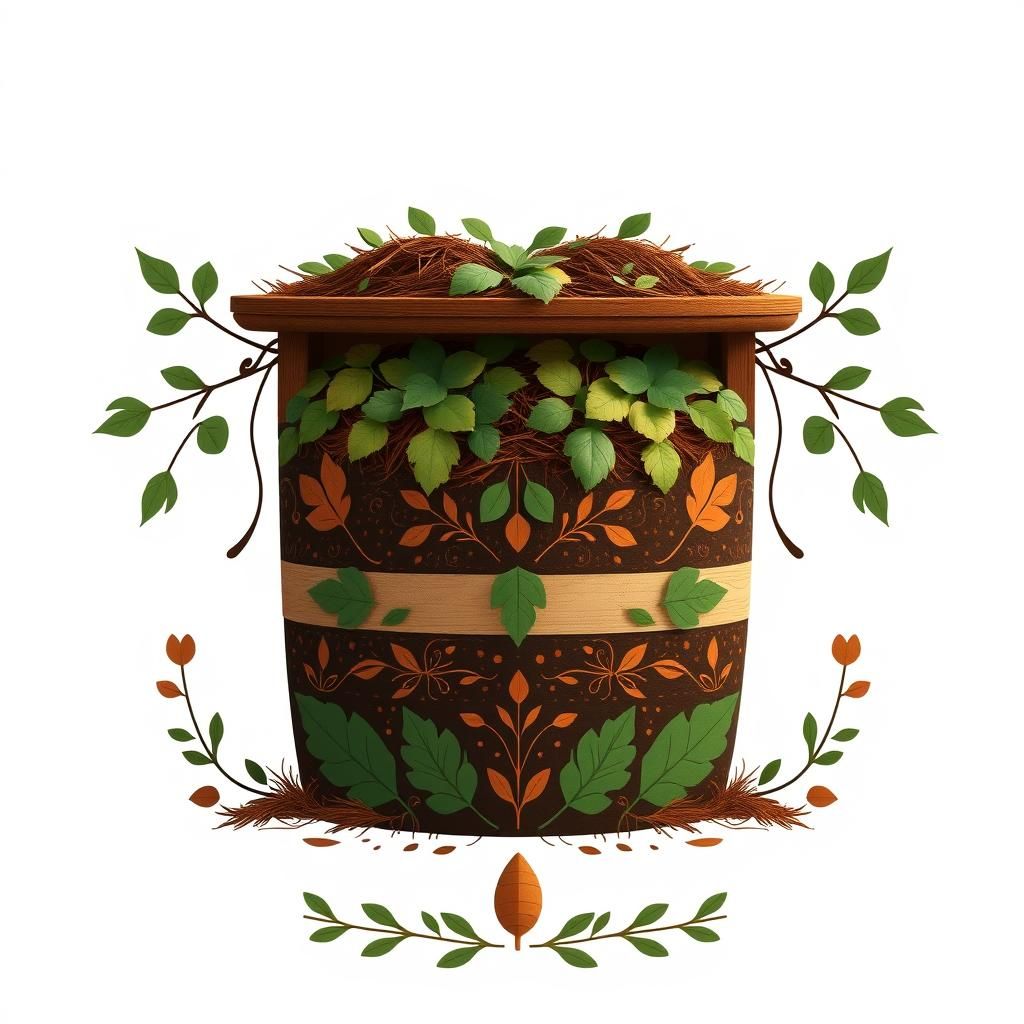
Composting: Turning Organic Waste into Valuable Resources
There’s a quiet kind of magic happening just beneath our feet when we compost. It’s the slow, steady process where kitchen scraps, garden clippings, and fallen leaves transform into dark, crumbly soil that smells like earth and promise. This natural cycle, known as composting, is one of the simplest, oldest ways people everywhere have worked with nature to nourish the land.
At its heart, composting is just biological decomposition—microbes, fungi, and tiny critters breaking down organic material into nutrient-rich humus. Whether you’re turning your own backyard pile with a garden fork, dropping off scraps at a local drop-off site, or participating in a larger industrial composting facility, the goal is the same: keep organic waste out of landfills and let it enrich the soil instead.
Backyard composting has a special rhythm. It asks for balance—a mix of green kitchen scraps like vegetable peels and coffee grounds, with brown materials such as dried leaves or shredded paper—to keep things happy and aerobic. There’s a satisfying crackle when you turn the heap, the warm breath of decomposition rising on a sunny afternoon, and the rewarding patience as days trickle into weeks before you see that rich, loamy soil ready to feed your garden.
Community composting takes that spirit a step further, weaving neighbors and local farmers into a shared story of waste reduction and soil care. It’s not just about dumping scraps; it’s about participation, education, and building roots through collective effort. These programs often provide a gateway for city-dwellers dreaming of fresh earth under their nails, making composting accessible and inclusive.
Industrial composting handles larger volumes and can take on materials that backyard bins can’t—things like meat scraps or compostable takeout containers—processing them efficiently at higher temperatures to break down tough organic matter and kill pathogens. These systems play a crucial part in modern waste management but rely on clean input from well-sorted waste streams.
The benefits of composting ripple far beyond the bins. Each pound of organic waste diverted means less methane, a potent greenhouse gas, sneaking out of landfills. Composted soil improves garden resilience, holds moisture, and nurtures beneficial microorganisms, connecting us back to the cycles that sustain all growing things. It’s a small act that carries a big impact, grounding us in a simpler way of living—one where waste becomes gift.
Of course, composting isn’t without its challenges. It asks for care and knowledge: improper sorting can mean plastic or metals sneak into the mix, disrupting the natural dance. Unpleasant odors or pesky critters might show up if balance is off. That’s why education and accessible programs are key—when communities understand the why and how, composting becomes a shared tradition rather than a chore.
So, whether you’re scooping peelings into a bin on your porch or helping shape a city-wide compost movement, know this: you’re part of an ancient, earthy rhythm that’s as gentle as a spring rain and as vital as the sun on your back. The soil waiting beneath the surface is richer for it, and so are we.
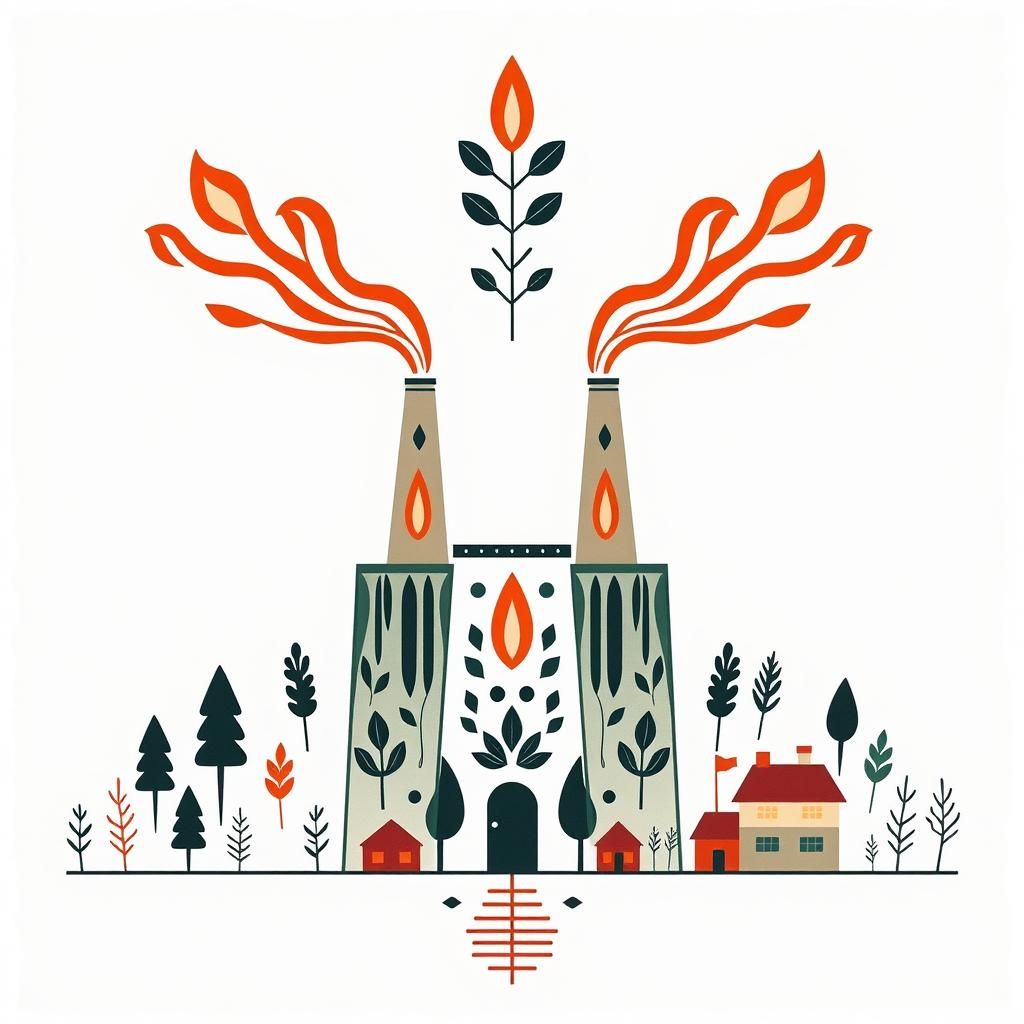
Incineration and Waste-to-Energy: Risks and Opportunities
There’s something almost old-fashioned about burning trash—it’s a practice as ancient as the first campfire. But today, waste incineration has stepped into the modern era, trimmed with sleek technologies designed to tame smoke and capture energy. In simple terms, incineration means burning waste to shrink its volume and, ideally, turn that heat into useful electricity or warmth. Think of it as a last-resort furnace that shrinks what we can’t recycle or compost into less space, while lighting up a few homes along the way.
Yet, incineration carries a heavy shadow. Despite the clever filters and scrubbers, it can still send out pollutants that cling stubbornly to the air—persistent organic pollutants and toxins that don’t just disappear but settle into the ground, water, or lungs nearby. This raises real concerns for communities living close to these plants, where the smell and the risk feel a little too close for comfort.
Still, it’s not all gloom. Modern incinerators have come a long way in reducing hazardous waste volume. They cut down what would otherwise crowd landfills and generate electricity that counts toward greener energy goals. It’s a bit like squeezing the last drop of usefulness from something we’ve already tossed aside.
The tricky part is finding balance. Burning waste isn’t a silver bullet—landfills keep a watchful eye, recycling fights to grow, and composting spreads its gentle soil magic. Incineration fits somewhere in the middle, a complementary piece that needs tight regulation and constant tech upgrades to keep risks in check.
In the end, it’s about knowing when fire is friend, and when it’s foe—using incineration wisely, as part of a wider toolkit that honors both the earth’s limits and our community’s health. Like any old craft, it asks for respect, care, and the wisdom to choose what’s best for tomorrow.
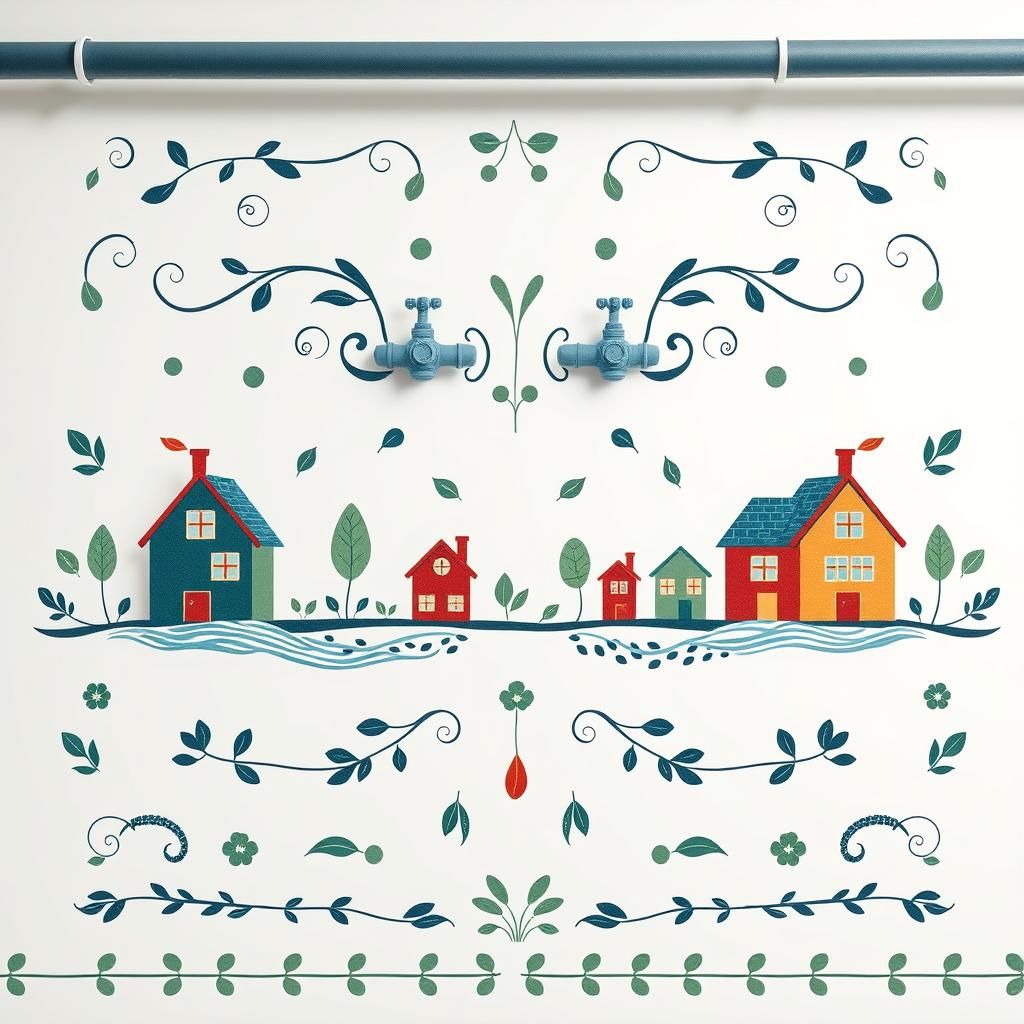
There’s something quietly frustrating about walking into a kitchen sink clogged with grease or seeing a neighborhood storm drain choked by plastic bags and wet wipes. These everyday annoyances aren’t just nuisances — they’re signs of a bigger problem brewing beneath our feet. When trash that doesn’t belong gets flushed or tossed carelessly, our sewer systems pay the price, often in ways that ripple through entire communities.
Take the example of what commonly lands in toilets and drains: wet wipes, sanitary products, grease, and even cooking oils. These materials don’t break down easily. Instead, they clump together inside pipes, creating stubborn blockages that make sewage back up into streets, homes, and waterways. It’s not just slimy and unpleasant—fixing these jams costs cities millions of dollars every year, money that could’ve been spent planting more trees or fixing roads.
On a larger scale, poor waste disposal turns into invisible pollution that seeps into the environment. Landfills, when overloaded or mismanaged, leak a dark liquid called leachate — a cocktail of chemicals and decomposed waste that can sneak into soil and groundwater. Meanwhile, incineration plants, if not properly regulated, release tiny particles and pollutants that linger in the air, sometimes traveling miles downwind to affect health and wildlife. These quiet threats hide behind the scenes but touch all of us in water quality, air purity, and ecosystem health.
So, what can we do? It begins with a simple but powerful step: knowing what goes where. Teaching families and neighbors to keep grease out of drains, never flush wipes, and sort trash properly keeps pipes flowing and pollution down. Communities that invest in better infrastructure—like grease traps in restaurants and upgraded sewer lines—also see fewer backups and cleaner water. And local policies that encourage composting and recycling steer waste away from landfills, helping protect soils and reduce toxic runoff.
In the end, it’s a shared responsibility that ties us all together — like a quiet promise to care for the waterways, streets, and soil that cradle our daily lives. Every thoughtful toss, each careful flush, is a small act of stewardship that keeps our communities humming smoothly and the natural world a little healthier. Just like tending a garden, good waste habits take patience and attention, but the harvest is worth the effort.

Conclusion
As the sun sets on a day spent sorting through scraps and recyclables, it’s worth pausing to remember why this simple act matters. Proper waste management isn’t just about tidying up — it’s a quiet promise we make to the land beneath our feet and the air we breathe. When we sort our waste carefully, compost our kitchen peelings, and turn bottles and paper toward new life, we’re weaving ourselves into a longer story — one of care, patience, and a shared hope for cleaner communities.
Each bottle rinsed, each banana peel dropped into the compost bin, adds up. It’s the rhythm of small, steady steps coming together. Recycling slows the rush of trash piling up; composting rebuilds soil worn thin. Together, they shrink landfills and ease the weight on our planet’s shoulders. And when we take the time to learn, to share tips with a neighbor, or to lend a hand at a local collection site, that’s where change takes root — in community, connection, and simple kindness.
Looking ahead, the road of waste management will keep growing greener and smarter. From innovations that turn yesterday’s rubbish into tomorrow’s resources, to neighborhoods humming with new compost programs and clearer recycling streams, the future holds promise — a future shaped by our hands and hearts alike.
So here’s a gentle nudge: slow down, take stock, and roll up your sleeves. Because every little bit sorted, every lesson shared, every act of care brings us closer to the kind of world we want to pass along. After all, good things grow when we tend to the everyday with purpose and patience.

References and Further Reading
If you’re ready to roll up your sleeves and dive deeper, here’s a gentle nudge toward some trusted sources that walk alongside the stories and tips shared here. These resources bring the big picture into sharper focus, from national efforts to community-driven projects.
-
EPA National Overview on Materials, Waste, and Recycling
The U.S. Environmental Protection Agency offers a solid, no-frills look at waste streams and recycling rates. Think of it as the reliable neighbor who keeps an honest tally of what we toss and how we manage it. Their data helps anchor efforts from cities to small towns, guiding policies that protect land, water, and air. -
Community Composting Initiatives and Case Studies
There’s something special about neighbors coming together around compost bins and turning scraps into garden gold. Various case studies show how communities, large and small, build programs that feel more like a shared tradition than a chore. These examples help us see what’s possible when knowledge and care get tossed in alongside the peels and coffee grounds. -
Information on Waste Incineration and Energy Recovery
Burning waste is a topic full of debate, with its share of smoke and mirrors. Reports from experts unpack the technology behind modern incinerators, showing how energy recovery can be a useful tool—so long as we mind the environmental trade-offs. This resource shines a light without sugarcoating, helping us understand a piece of the waste puzzle that often stays in the background. -
Guidance on Proper Composting and Sewer Maintenance
Simple habits, like sorting kitchen scraps or keeping non-degradable items out of drains, can save a heap of trouble down the line. Guides geared to homeowners and municipalities walk through easy steps and cautionary tales, carrying the wisdom that keeps our streets clean and our soils thriving. -
Reports on the State of Recycling and Waste Statistics
Looking back helps us move forward. These reports chart the progress and bumps along the way with recycling in the U.S.—from encouraging surges to challenges like contamination and market swings. They remind us that every bottle sorted and every piece of paper saved adds up to a bigger story of care for our shared home.
If this feels like a lot to take in, don’t worry. Like tending a rustic garden, it all begins with small, steady acts—the kind that grow roots and spread goodness in the soil beneath our feet. Pour yourself a warm cup, take a breath, and know that with each step, you’re part of a quiet revolution in how we live with waste.
Share to...
I hope you enjoy the content.
Want to receive our daily crossword puzzle or article? Subscribe!
You may also be interested in
Share to…
Want to receive our daily crossword puzzle?
-
Jigsaw Puzzles
Majestic Unicorn Watercolor Puzzle 250 | 300 | 500 Brikker
kr 348,00 – kr 439,00 Select options This product has multiple variants. The options may be chosen on the product page -
Jigsaw Puzzles
Majestic Moose in Forest Watercolor Jigsaw Puzzle 250 | 300 | 500 Brikker
kr 348,00 – kr 439,00 Select options This product has multiple variants. The options may be chosen on the product page -
Jigsaw Puzzles
Fish Market in Norway Jigsaw Puzzle 250 | 300 | 500 Pieces
kr 348,00 – kr 439,00 Select options This product has multiple variants. The options may be chosen on the product page












